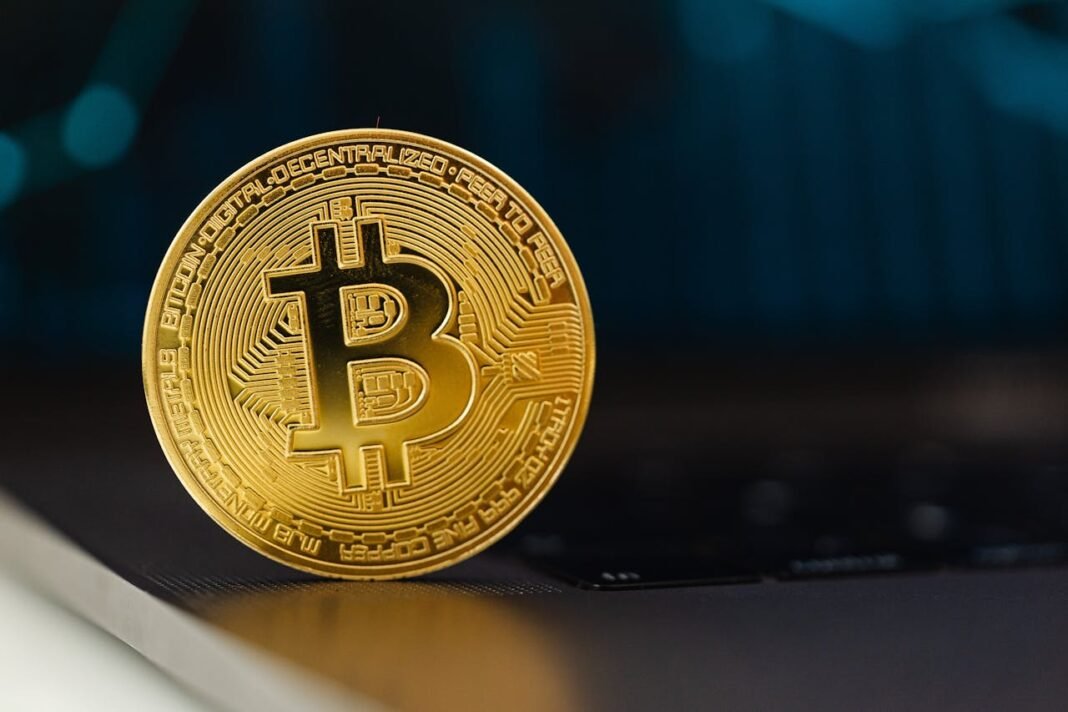Bitcoin started as a digital way for people to send money directly to each other without needing a bank. Over time, it’s taken on new uses, but few have stirred up discussion quite like Ordinals. These digital inscriptions allow people to add images, audio, and text directly onto individual units of Bitcoin. This has brought new interest, especially in the US, where both digital art and crypto communities are active. But it’s also changed how the network handles fees, space, and transaction speed, raising new questions for regular users and developers alike.
The Ordinals Explosion: How Digital Art Changed Bitcoin Forever
Ordinals brought a new twist to how Bitcoin is used. Instead of just sending money, people began adding unique pieces of content directly onto Bitcoin itself. This pulled in artists, collectors, and developers who saw a chance to store something permanent on the blockchain. It wasn’t long before these digital inscriptions started taking up space in blocks that were once filled mostly with regular payment transactions. As more users got involved, Bitcoin’s function began to shift in a direction that few had expected.
From Peer-to-Peer Cash to NFT Platform: Bitcoin’s Unexpected Evolution
Bitcoin was built to act as a digital currency, not a storage platform for media files. Yet with Ordinals, it found a second purpose. People started using it like a digital archive, creating one-of-a-kind entries on the blockchain. This change raised eyebrows. Some users welcomed the fresh energy, while others felt that it pushed Bitcoin away from its original purpose. The divide shows how one new idea can bring both excitement and disagreement about what Bitcoin should be.
Fee Market Disruption: When JPEGs Compete with Financial Transactions
Before Ordinals, transaction fees were based mostly on urgency and size. If someone needed to move Bitcoin quickly, they’d pay a little more. Now, those sending large inscriptions are willing to pay high fees to get their content confirmed. This means that regular users, who just want to send or receive Bitcoin, have to compete with those adding art or other data. The change in demand has made fees less predictable and sometimes harder to afford, especially for users who simply want to send and receive funds or Open A Bitamp Wallet for secure everyday use.
Block Space Economics: How Ordinals Created a New Scarcity Game
Each Bitcoin block has limited space. When inscriptions take up more room, there’s less space left for everyday transactions. That makes every byte more valuable. People who want their transaction confirmed quickly must pay higher fees, while others wait longer or drop out. It’s become a bidding game, where paying more gets you ahead in line. This change has made users think differently about how they use Bitcoin and how much space it takes up on the network.
The Great Fee Surge: Tracking Network Costs Before and After Ordinals
As more people began adding Ordinals to the blockchain, fees began rising. This hit smaller users the hardest, those who used Bitcoin for day-to-day transactions or small payments. Now, even a simple transfer can cost more than expected, especially during busy times. For many in the US, this has led to frustration and has pushed some to look for alternatives, especially for smaller transfers that were once affordable.
Small Transaction Casualties: Who Gets Priced Out of Bitcoin?
When fees go up, some users are simply priced out. Those who use Bitcoin for everyday spending or smaller payments find it less practical during periods of high congestion. Instead of enjoying low-cost transfers, they may end up waiting longer or abandoning transactions altogether. In such cases, many turn to lighter, more efficient alternatives. Choosing to Open A Bitamp Wallet is one way users can manage simple transactions more easily, especially when they seek better control without relying on heavier network loads. These software-based options allow users to stay involved with Bitcoin even when the main network becomes costly.
Miner Revenue Revolution: How Ordinals Boosted Network Security
There is an upside for Bitcoin miners. Higher fees mean more income for them, especially as the block reward continues to shrink over time. With more people competing to get their transactions into blocks, miners are earning more from fees than they used to. This added income can help keep the network secure by giving miners more reason to keep their equipment running and protect the chain. Still, it brings up the question of whether this benefit comes at the cost of regular users being left behind.
Priority Queue Chaos: Understanding Transaction Confirmation Delays
With more data being pushed into the network, it now takes longer for some transactions to be confirmed. Users may need to wait, pay more, or both. For those sending time-sensitive payments, this can be a real problem. It’s also made fee estimation trickier, as the line is constantly changing. People are now more cautious and selective about when and how they send Bitcoin, watching the queue closely to avoid unnecessary delays.
Conclusion
Ordinals have changed the way people use Bitcoin. They’ve added new life and creativity to the network, allowing digital art and personal content to live directly on the blockchain. At the same time, they’ve raised fees, slowed down some transactions, and shifted attention away from Bitcoin’s original goal as a simple, peer-to-peer payment system. While miners and some collectors benefit, many regular users are finding it harder to keep up with the added costs. The future of Bitcoin may now depend on how well users, developers, and businesses adjust to this new way of doing things, balancing innovation with practical use. Whether this shift brings long-term growth or growing pains, it’s clear that Ordinals have made their mark.

